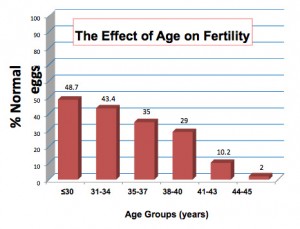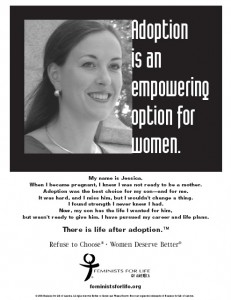
Who came up with the “war on women” terminology in the first place?
Most women I know hate war. They hate the concept; they hate sending their children and spouses into battle; they think combat is a stupid way to resolve disputes and weapons an atrocious way to spend scarce resources. Most women I know struggle whether to permit water, nerf, bee bee and airsoft guns into the hands of their youngsters – forget about sniper rifles and M9 pistols. Many women participate in religious observances that emphasis peaceful co-existence, not survival of the “bad asses” with the biggest artillery.
I am well aware there are some female warriors, and women who talk in military terms like “My husband is visiting behind enemy lines” when he’s gone to see his mother. But most women I know talk about differences in point of view in a more female way.
EXAMPLE:
“Did you hear that Fred decided to stop carrying light chocolate Silk soy milk at the corner store, girls?”
SHRIEK and interspersed exclamations:
“Well, he will get an earful from me.”
“How could they? It’s soooo delicious?”
“I am not spending another dime there until he restocks it.”
Silent pause and SHRIEK.
“OMG, I know his wife. I’ll talk to her and get this taken care of!”
I do not mean to make light of the conflicts raging over Obamacare and who will pay what for contraception. I do not find the First Amendment encroachment of this administration remotely funny – to the contrary, it’s breath-taking serious business involving the future of religious practice in this country.
But who decided to try to woo women voters by calling the heated disagreement over a range of issues most directly impacting women “war on women?” And who decided to counter the charge with a countercharge about the “real” war on women?
First, no one is making any war on women and most women both know and admit this. You can certainly pay some women enough money to use the words on air or convince them that, for the good of the cause, they will have to characterize the differences over access to contraception and abortion – and who decides what is religious and what is not – as a theater of battle. But I have never heard one single woman in my broad range of friends use any military metaphor to describe the divide or the differences. Rather, I have engaged in interesting and often insightful discussion with points like these:
1. Why should the government be paying for oral contraceptives that can gravely injure and even cause death in young women? And why would the government pay for any contraception that does not safeguard against STDs?
2. Is the government going to pay for men’s contraception? How is it remotely fair to expect young women to assume all responsibility for reproduction?
3. Why is female fertility being treated like a disease in young women and medicated? And when it becomes infertility due to age, women are medicated again, as if they have a disease? Is this really what feminism sought to accomplish?
Most women I know are discussing concerns and questions they have typically from a deep sense of responsibility for improving the options and quality of life for the next generation of women. My female lawyer friends are discussing the First Amendment issues with an informed sense that the administration seeks a historical expansion of government into the religious realm. We may not reach agreement on many conclusions, but we most certainly do not think we are fighting or defending a war, as much as the political rhethoric is trying to create the sense of a war zone.
Second, to the extent today’s “war against women” is waged over abortion access, there is nothing, absolutely nothing, new about these tensions. In fact, the “war” over abortion – if you have to call it that – is more fairly characterized as a “war” among women, not “against” women – and it always has been. As one scholar has rightfully pointed out,
On the one hand, the [abortion] issue does mobilize donations, and galvanize support among one group of women. On the other hand, it was perhaps the most polarizing issue—between women themselves, and among self-identified feminists—from the start. And in this sense the abortion issue was a foundation [of feminism] built on a faultline.
So it does not surprise me that the first “assault” from the left flopped. And I would expect the “assaults” from the right to be a “dud” as well. I am waiting for someone to come up with a political campaign that speaks to women in the terms they use, stroking the values they hold dear.
That will catch my interest.










